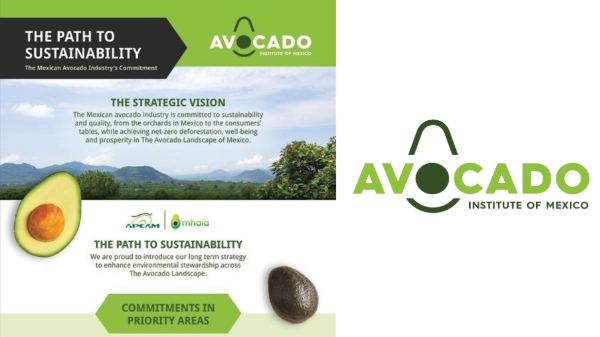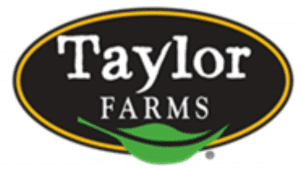Welcome to Blue Book!
Are you ready to join the thousands of companies who rely on Blue Book to drive smarter decisions? View our plans and get started today!
Still have questions? We’d love to show you what Blue Book can do for you. Drop us a line– we’ve been waiting for you.
Hamm has seen UAVs tested at the University of Oregon’s agricultural center and believes they “could potentially revolutionize what we do.” The UAVs can be used in many capacities, such as flying over fields and identifying insects on leaves, triggering remote pesticide treatments. The downside, Hamm admits, is how to efficiently sort through the thousands of generated photographs—for which a computer program has yet to be written. At this point, Hamm adds, existing planes are just as good for most growers’ purposes. “We’re several years away from being able to use UAVs in a way that will make it better than the technologies we already have.”
Powell thinks a drone with sensing equipment that could tell if a crop needs water would be helpful, while Rory Paul, chief executive officer of Volt Aerial Robotics in Chesterfield, MO—a company that builds UAVs—has some ideas for Powell and other growers. “The primary application is crop scouting, using rotary wing UAVs to get a bird’s eye view of fields during the growing season, looking for problem areas.”
Another application is mapping. “The objective is to map an entire field in extremely high resolution, and sometimes in infrared,” says Paul, so growers can use the data for planting, helping reduce the various inputs going into the process.
Paul says UAV costs range from a few hundred dollars for rudimentary hobbyist-grade equipment to $2,000 for a system requiring assembly, and up to $60,000 for a military-grade unit. Growers can also outsource these services to a company with the appropriate skill set and equipment. Paul predicts an increase in the use of UAVs for agriculture within the next few years, as the benefits become clear. This, of course, is contingent upon FAA approval for wider use.
Final Thoughts
Summing up the state of grower technologies, Gorny says: “These great leaps forward in microelectronics, engineering, and biology are going to make food cheaper, better tasting, more flavorful, and more readily available to consumers, especially fresh fruits and vegetables. They are going to drive costs down by eliminating waste of precious resources like water and fertilizer, and I think it has tremendously great potential for the future.”
For some, new technology is more than the wave of the future, it equates to the very existence of the industry. “Moving into the future, I don’t think we will survive without technology,” says Powell. “There are more people to feed on less ground—seeds have to get better, we have to use water more carefully. All the inputs need to be used more efficiently and effectively for us to continue, and we have to do it with less labor and more restrictions. Technology is the only way we’re going to get there.”








